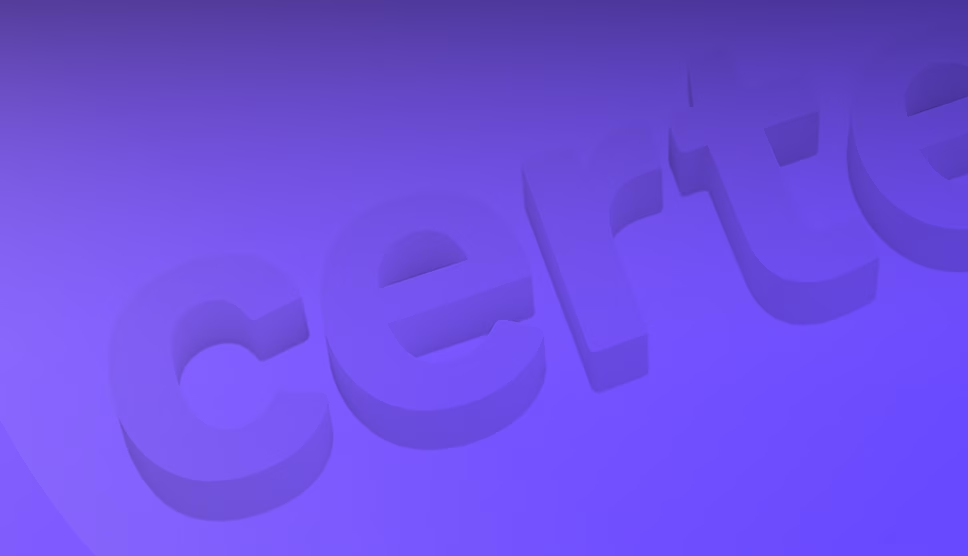As we passed the halfway mark of 2025, IT Asset Management (ITAM) continues its rapid evolution driven by AI advances, hybrid infrastructures, tighter compliance, and growing environmental concerns. Below, we explore the eight most impactful trends transforming how organizations track, optimize, and secure their IT estates in 2025.
Don’t lose sight of full ITAM Asset Lifecycle
As prevalent Mobile Device Management (MDM) tools such as Microsoft Intune expand their coverage to end user devices beyond just those with a mobile OS, don’t make the mistake of confusing these solutions as full ITAM tools. The major difference is that ITAM tools can drive security and cost optimization across the full cradle-to-grave lifecycele, and they should tell you what you don’t already know; not just enable you to administer devices that are live and actively enrolled into the system.
Key takeaway: ITAM is at the core of visibility and observability of IT. Integrate tools like Intune into your ITAM tools to get the most out of the automation without giving up visibility of the full hardware and software lifecycle.
End-to-End Cloud & Multi-Cloud Visibility
With over 85% of enterprises now running workloads across two or more clouds (Statista), unified visibility remains paramount. Next-gen ITAM solutions integrate cloud-provider APIs to ingest real-time usage, automatically tag resource attributes, and reconcile costs across AWS, Azure, Google Cloud, private cloud, and edge environments.
Key takeaway: Implement a cloud-focused discovery layer within your FinOps and ITAM practice to control sprawl, enforce tagging governance, and pinpoint over-provisioned services.
License Optimization & Compliance Automation
As licensing models grow more complex—spanning per-core metrics, subscriptions, containers, and SaaS—organizations face steep audit risk and overspend. Forrester’s Predictions 2025 warns that “non-compliance fines will exceed 1 billion industry-wide” unless enterprises automate true-up calculations and entitlement mapping.
Key takeaway: Leverage automated normalization engines that ingest vendor contracts, map installations, and run self-service compliance dashboards to both avoid audit penalties and reclaim unused entitlements.
ITAM & Security Convergence
Unmanaged hardware or shadow-IT software create critical attack surfaces. Security-minded ITAM now feeds CMDBs and vulnerability scanners to ensure every asset is accounted for and patched promptly. As the EU’s NIS2 and DORA regulations demand asset-level traceability, linking ITAM with SecOps is no longer optional.
Key takeaway: Build bi-directional integrations between your ITAM system and vulnerability management tools to accelerate patch deployment and support audit-ready reporting.
Sustainability & Green IT
Environmental responsibility is a growing board-level mandate. ITAM teams are incorporating energy-usage data, e-waste metrics, and carbon-footprint calculators into procurement and retirement workflows. By extending asset lifecycles and optimizing refresh schedules, businesses are cutting both costs and environmental impact.
Key takeaway: Introduce sustainability dashboards that track total energy consumption per asset and inform greener procurement decisions—aligning ITAM with your organization’s ESG goals.
FinOps Collaboration & Financial Transparency
Cross-functional partnerships between ITAM and FinOps are driving tighter cost governance. By connecting asset records to financial systems, teams can trace Total Cost of Ownership (TCO), depreciation schedules, and unbudgeted spend. IDC predicts that by end-2025, 60% of ITAM leaders will share joint KPIs with finance and procurement counterparts.
Key takeaway: Establish shared dashboards that surface real-time spend vs. budget on hardware refresh, SaaS renewals, and cloud commitments—empowering more strategic decision-making.
Edge & IoT Asset Management
The proliferation of IoT sensors, edge gateways, and remote-worker devices is expanding the ITAM perimeter. Modern platforms now support lightweight agents and API-driven telemetry to discover and monitor edge-deployed hardware as seamlessly as data-center servers.
Key takeaway: Extend your discovery framework to include IoT/edge endpoints—ensuring complete visibility and lifecycle control, even beyond the corporate LAN.
Workflow Automation & Orchestration
From License Requests to Decommissioning, ITAM workflows are being automated via low-code orchestration and event-driven playbooks. Connecting ServiceNow, Jira, and native ITAM consoles, teams can enforce policy-driven approvals, instant cross-system updates, and timely notifications at every asset stage.
Key takeaway: Design end-to-end workflows that automatically trigger discovery scans, financial updates, and security checks, reducing human error and accelerating time-to-value.
Looking Ahead
Visibility & OberservabilityIntegrate tools like Intune into ITAM, but don’t replace your ITAM solution, or risk losing control of devices and software.
Cloud & Multi-CloudEnforce unified tagging and cost-allocation policies across clouds.
Compliance AutomationDeploy license-mapping engines with self-service audit readiness.
Security IntegrationLink ITAM to vulnerability scanners for real-time patch tracking.
SustainabilityAdd energy/carbon metrics to procurement and retirement processes.
FinOps AlignmentCreate a shared TCO dashboard with Finance and Procurement.
Edge/IoT ManagementOnboard edge devices via API-enabled discovery tools.
Workflow OrchestrationAutomate end-to-end asset lifecycles with low-code playbooks.

Scott Massey – Customer Relationship Manager
Scott is one of Certero’s earliest team members and a long-time expert in IT Asset Management, Software Asset Management, and FinOps. With over 16 years of hands-on experience helping organizations navigate audits, gain control of their environments, and improve visibility, Scott brings a practical, real-world perspective to solving discovery challenges in modern IT.












